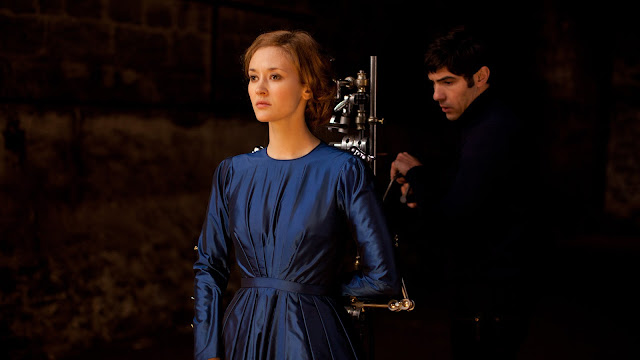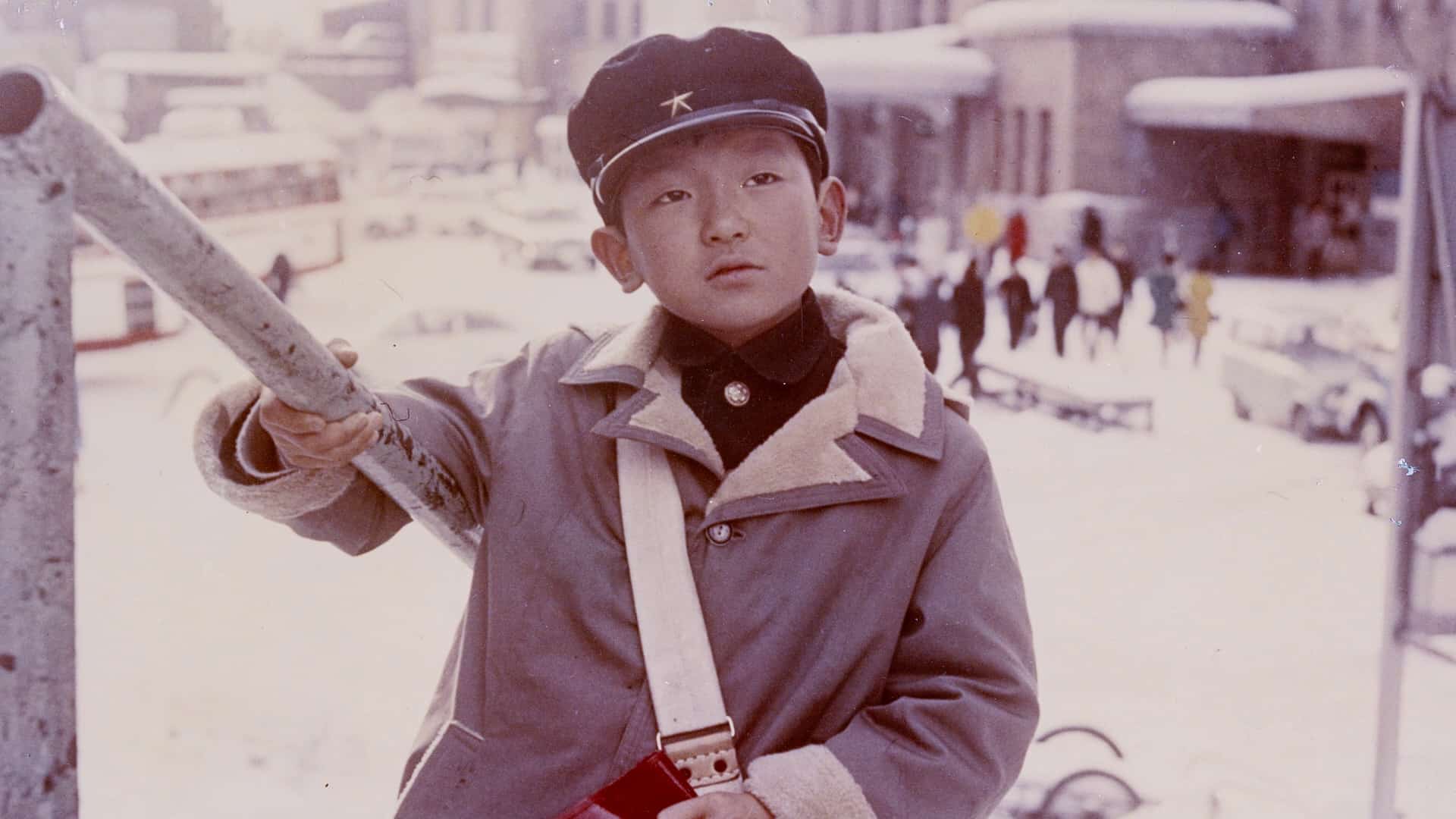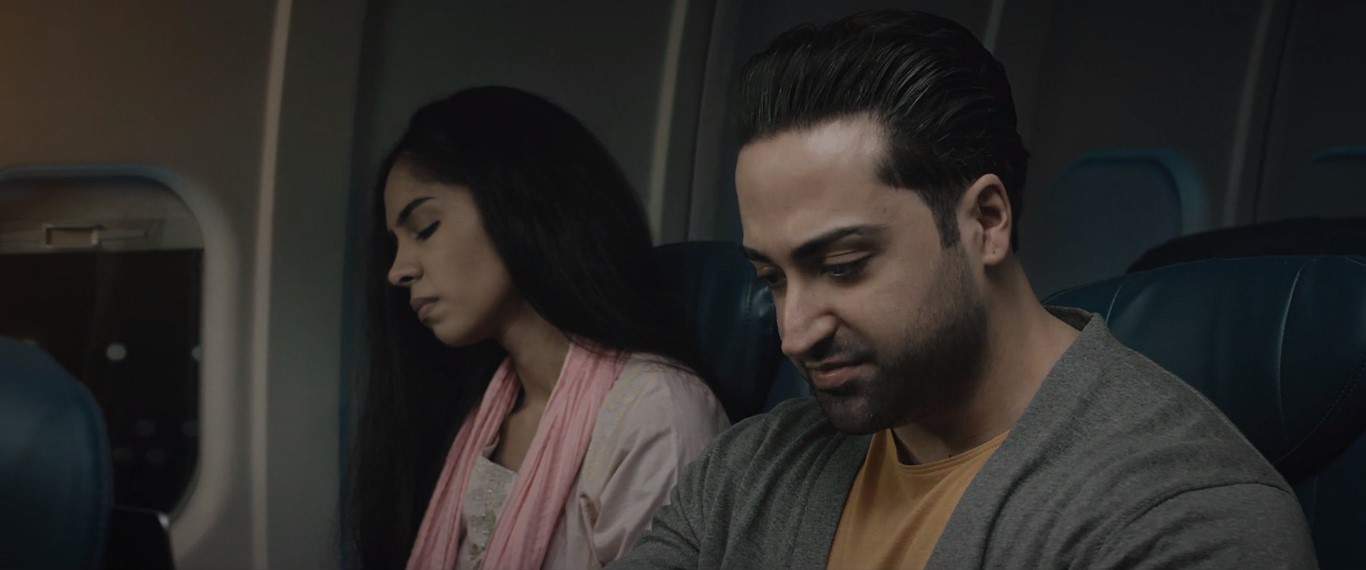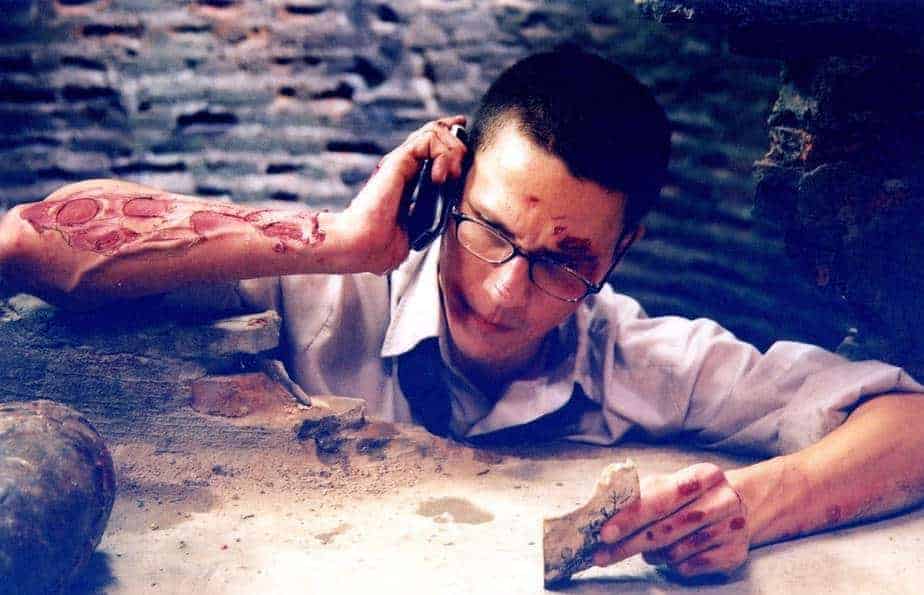“Daguerreotype” is Kurosawa's first cinematic excursion outside of Japan. While we have become accustomed to seeing Asian directors choosing to shoot their first non-Japanese language feature in English and mainly within the constraints of the US studio system – Nakata has directed in both the US and UK albeit not with much success – Kurosawa's choice of France works exceptionally well and hasn't impacted negatively on his artistic or aesthetic vision. Instead, “Daguerreotype” seamlessly melds Kurosawa's Japanese sensibility with those of French art cinema.
“Daguerrotype” is screening at Japan Cuts, that will be until July 23.
Jean Malassis (Tahar Rahim), a young seemingly aimless drifter, takes a job as an assistant to Stephane (Olivier Gourmet), a reclusive photographer who lives in a dilapidated mansion just outside Paris, with his daughter, Marie (Constance Rousseau). Stephane's obsession with recreating the past through the use of a daguerreotype is offset by the ethereal beauty of Marie, his model and main muse, with whom Jean soon starts a passionate affair. However, Marie desires to escape the confines of the mansion and move to Toulouse to take up a job as a botanist. Neither man, nor the house that they all inhabit, will let Marie go. Instead, she is manipulated by the men in her life: Stephane desires to transform Marie into the double of his dead wife, while Jean tries to persuade Stephane to sell the mansion to a property developer (Malik Zidi) for a sizeable commission instead of leaving with Marie when she confides in him about her job offer.
The daguerreotype, named after its inventor Louis Jacques Mande Daguerre, was the earliest photographic process (1839). Details of the process were given to the public in 1939 as a gift from France to the World. However, only twenty-five photographs survive after a fire that destroyed Daguerre's laboratory. One suspects that this was the reason that Kurosawa decided to shoot the film in France rather than his native Japan. Like everything in the film, the daguerreotype is rendered uncanny, its lens magnified and photographs rendered life-size, like the camera itself. Like much of Kurosawa's work, at the heart of “Daguerreotype” is haunting: both technological and ghostly. We are repeatedly told that death is an illusion and there is no such thing as reality: or indeed the type that can be captured by the photograph or indeed the cinematic mechanism itself.
The cinematography, here by Alexis Kavyrchine, is suitably muted as in the best of Kurosawa's ‘horror' films. The subdued palate of browns, dark blues and greys is only broken by the vibrant green plants that Marie lovingly tends in the greenhouse. Plants unlike humans are rooted in the soil and have an ontology that is missing from those that inhabit the alienated landscape so carefully constructed by Kurosawa. A static camera, repeated medium-shots, which create a distance between the subject (the viewer) and the object (the film), mirror the emotional distances between the characters that are lost within the surface of appearances that surrounds them. Not all we see is ‘real' in a film that questions the very foundations of reality itself.

Tahar Rahim is perfectly cast as the aimless Jean, the pivot, around which the other characters circulate, imbuing the film with an emotional intensity that contrasts to the lack of emotion shown by those around him. As the trapped Marie, Constance Rousseau is luminous, struggling to find root in the mechanical world that she inhabits, which is constructed by an enduring patriarchy that sees women as objects to be exchanged, with no value in their own right. By setting the film in France, Kurosawa denies those critics who would read her character as representative of female oppression in Japan as a result of Confucian values (which is in itself highly problematic and much more complicated), instead he suggests that such oppression is not national but rather global.
“Daguerreotype” is an extraordinarily nuanced film, with multiple layers to be peeled back through repeated viewings. It is beautifully composed, the performances evocative, the minimalist score by Gregoire Hetzel echoes the uncanniness of the world of illusions and doubles, which, however distant it might seem from reality, functions to raise profound philosophical questions around the nature of reality in our technologically mediated world.

















